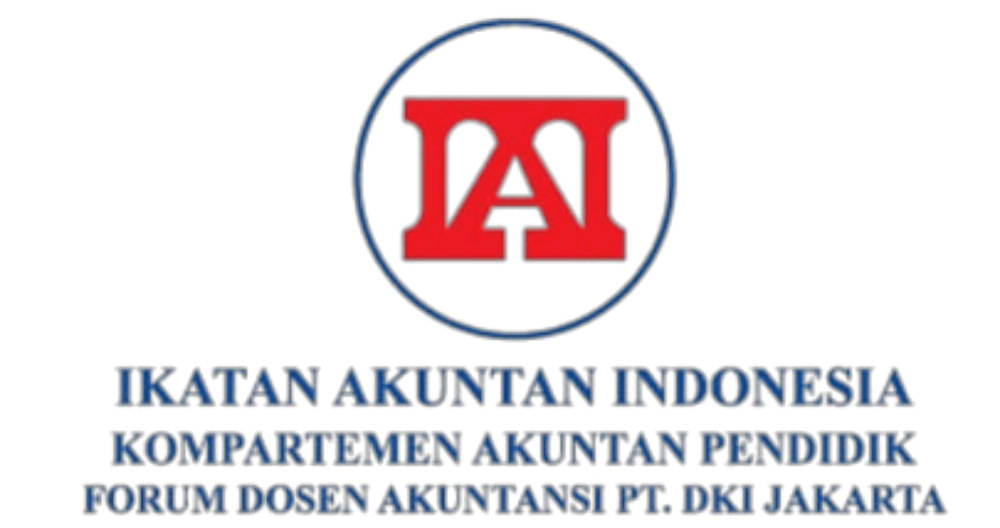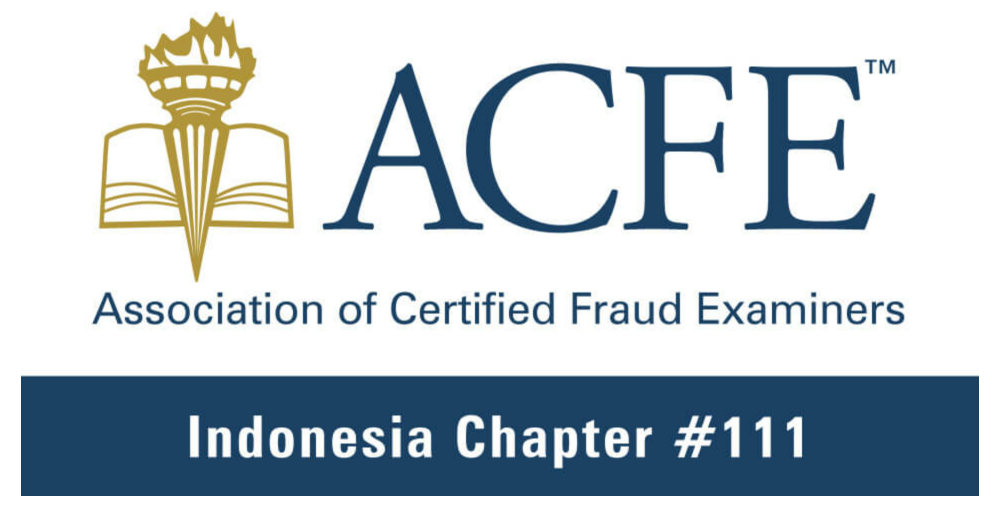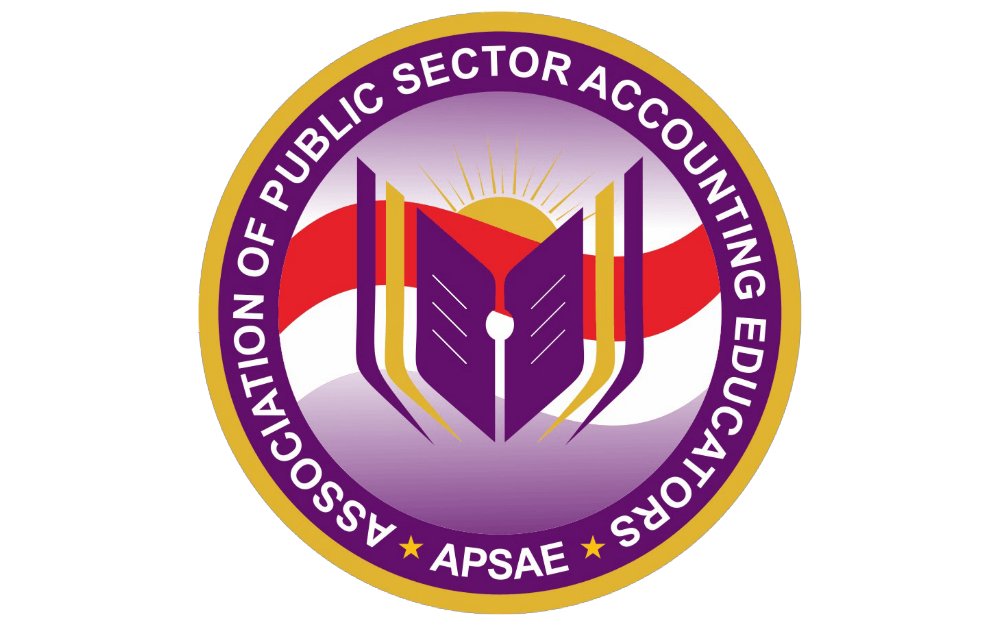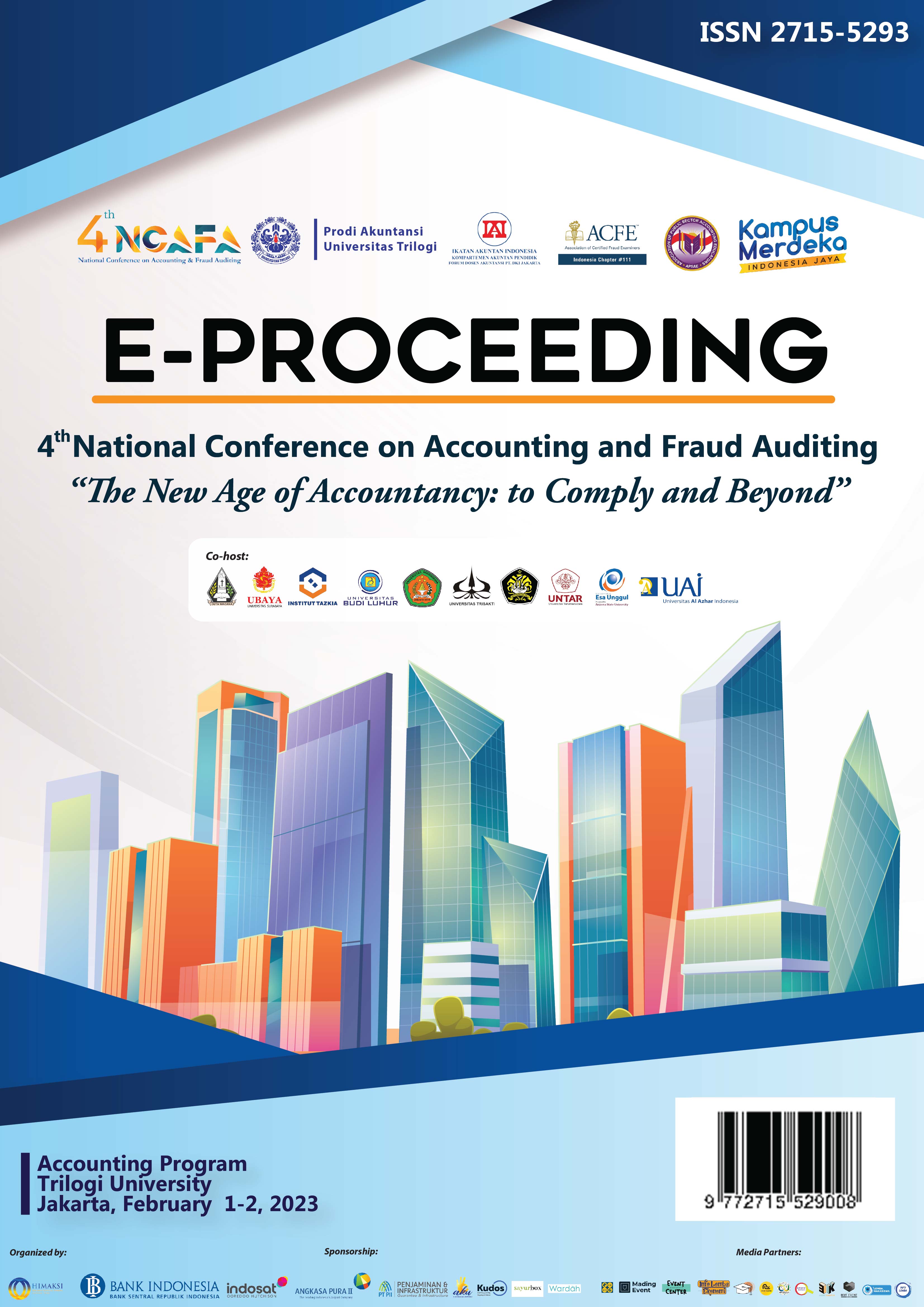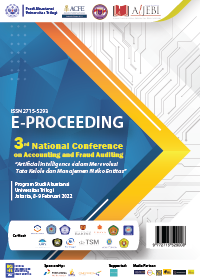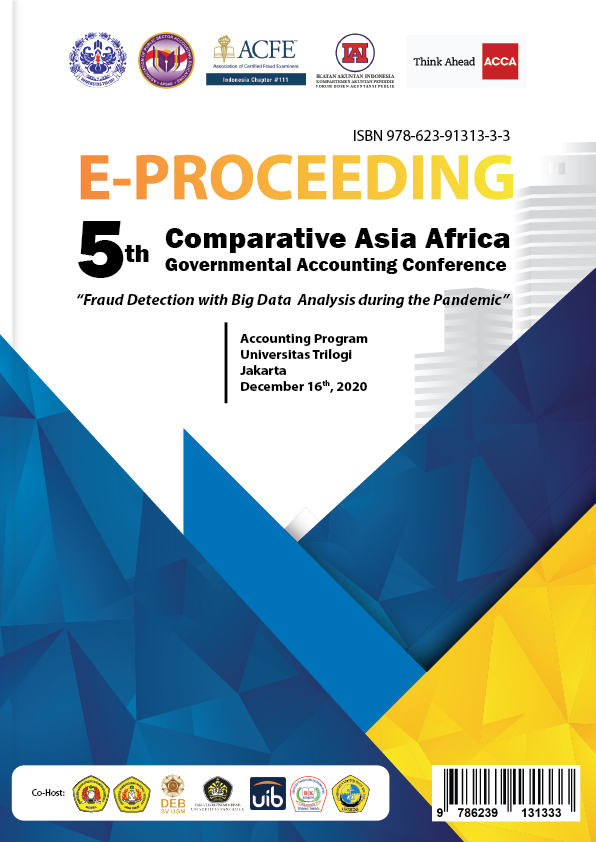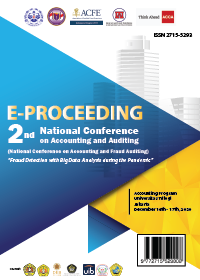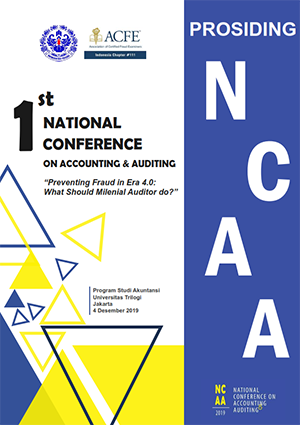IMPLEMENTASI BALANCED SCORECARD UNTUK MENINGKATKAN KINERJA SALON
Abstract
This research discusses the implementation of the Balanced Scorecard (BSC) as a strategic management tool at T&T Salon, a rapidly growing beauty business. The research aims to enhance the understanding and management of salon business performance through the holistic approach provided by BSC. The research methodology involves literature review, SWOT analysis specifically for the beauty industry, and interviews with T&T Salon owners and employees. The implementation of BSC at T&T Salon involves four main perspectives: financial, customer, internal processes, and learning and growth. The research results indicate that the use of BSC has provided significant benefits, including improved financial performance, better customer satisfaction, operational efficiency, and enhanced employee development. Additionally, this paper presents an implementation guide for BSC that can be adopted by similar businesses in the beauty industry. By applying BSC, T&T Salon has been able to achieve a strategic balance between financial and non-financial aspects, providing a better understanding of overall business success. This research contributes to the strategic management literature by illustrating the implementation of BSC in the context of the beauty industry and offering insights for business practitioners seeking to improve their performance and business sustainability.
Keyword:Balanced Scorecard_1; Service Company_2; Strategy_3; Business_4
Full Text:
PDFReferences
Rachmawati, N. A., & Martani, D. (2017). Book-tax conformity level on the relationship
between tax reporting aggressiveness and financial reporting aggressiveness. Australasian Accounting, Business and Finance Journal, 11(4), 86-101.
Rachmawati, N. A., & Martani, D. (2014). Pengaruh large positive abnormal book-tax
differences terhadap persistensi laba. Jurnal Akuntansi dan Keuangan Indonesia, 11(2), 1.
Rachmawati, N. A., Utama, S., Martani, D., & Wardhani, R. (2019). Determinants of the
complementary level of financial and tax aggressiveness: a cross-country study. International Journal of Managerial and Financial Accounting, 11(2), 145-166.
Rachmawati, N. A., Utama, S., Martani, D., & Wardhani, R. (2020). Do country characteristics
affect the complementary level of financial and tax aggressiveness?. Asian Academy of Management Journal of Accounting & Finance, 16(1).
Rachmawati, N. A., Gani, L., & Rossieta, H. (2017). Loyalitas nasabah dan kinerja perBankan
di indonesia. Jurnal Keuangan dan Perbankan, 21(1), 144-156.
Soraya, L. R., & Rachmawati, N. A. (2021). Determinats Of The Amount Of Related Party
Transaction: Tax Expense And Institutional Ownership. Jurnal Reviu Akuntansi Dan Keuangan, 11(1), 30-39.
Rachmawati, N. A., Utama, S., Martani, D., & Wardhani, R. (2023). Complementary level of
financial and tax aggressiveness and the impact on cost of debt: A cross-country study. South African Journal of Accounting Research, 37(3), 161-176.
Rachmawati, N. A., Ramayanti, R., & Setiawan, R. (2021). Tingkat Kesadaran dan Kesiapan Pelaku Umkm Dalam Menyusun Laporan Keuangan dan Pajak. Jurnal Akuntansi dan Bisnis, 21(2).
Andriana, Y. F., Ramayanti, R., & Rachmawati, N. A. (2023). Processing Purple Sweet Potato Peel as Alternative Material of Textile and Fashion Products with Circular Economic Principles. Mudra Jurnal Seni Budaya, 38(3), 277-285.
Febrina, F., & Rachmawati, N. A. (2023). Diversity of Book-Tax Conformity in Asean 4:
Philippines, Indonesia, Malaysia, and Singapore. Jurnal Akuntansi dan Bisnis, 23(1).
Rachmawati, N. A., Utama, S., & Siregar, S. V. N. P. (2020). Persistensi Laba Antar Level
Kompetisi Industri: Studi Empiris pada Perusahaan Amerika Serikat. Jurnal Akuntansi dan Bisnis, 20(1), 1-16.
Ramayanti, R., Rachmawati, N. A., Azhar, Z., & Azman, N. H. N. (2023). Exploring intention
and actual use in digital payments: A systematic review and roadmap for future research. Computers in Human Behavior Reports, 100348.
Wahyuni, R. S., & Novita, N. (2021). COSO ERM Framework as the Basis of Strategic Planning
in Islamic Banking. Jurnal Keuangan dan Perbankan, 25(1), 21-35.
Zamzami, M., & Novita, N. (2021). Apakah Gemba Kaizen Mampu Meningkatkan Kinerja
Nonkeuangan Perguruan Tinggi?. Jurnal Akuntansi Multiparadigma, 12(1), 207-220.
Novita,Novita., & Jannah, Firdatul. (2022), How do fraud diamond and procrastination
trigger cheating behavior in online learning during the Covid-19 pandemic?, The Indonesian Accounting Review, 12(2), 231 – 246
Maulidian., Puspitawati, Mutiara Dewi., Novita., Ramayanti, Rizka.,Dahlia, Lely., and
Purnengsih,Iis. (2024). Green Entrepreneurship Incubation Model for Students at Trilogy University Business Incubator: A Literature Review. E3S Web of Conferences 483, 01017, 1- 16 https://doi.org/10.1051/e3sconf/202448301017
Sahri, N. A., & Novita. (2019). Kaizen Costing Sebagai Perbaikan Berkelanjutan Untuk
Meningkatkan Keunggulan Bersaing Pada E-Commerce. Jurnal Kajian Akuntansi, 3(1), 18–43.
Fitria, S. M., & Novita, N. (2020). Six Sigma Sebagai Strategi Bisnis Dalam Upaya Peningkatan
Kualitas Produk. Jati: Jurnal Akuntansi Terapan Indonesia, 3(1), 1- 14. https://doi.org/10.18196/jati.030121
Lastiati, A., Siregar, S. V., & Diyanty, V. (2020). Tax Avoidance and Cost of Debt: Ownership
Structure and Corporate Governance. Pertanika Journal of Social Sciences & Humanities, 28(1).
Fambudi, I. N., Aryati, T., Mayangsari, S. (2023). Effect of ESGDisclosure, Accrual Quality, and
Asymmetric Information on Future Stock Returns with Prudence as a Moderator. Journal of Southwest Jiaotong University, 58 (5), 497 - 523. https://doi.org/10.35741/issn.0258-2724.58.5.38
Casas, M., Perez, M., Rojas, J., & Alvarez, J. (2020). Strategic planning model to improve competitiveness for service industry SMEs using the balanced scorecard. In Human Interaction and Emerging Technologies: Proceedings of the 1st International Conference on Human Interaction and Emerging Technologies (IHIET 2019), August 22-24, 2019, Nice, France (pp. 1001-1006). Springer International Publishing.
Fadli, M. R. (2021). Memahami desain metode penelitian kualitatif. Humanika, Kajian Ilmiah Mata Kuliah Umum, 21(1), 33-54.
Nurlan, F. (2019). Metodologi penelitian kuantitatif. CV. Pilar Nusantara.
Kaplan, R. S., & Norton, D. P. (1996). THE BALANCED SCORECARD: TRANSLATING STRATEGY INTO ACTION. Harvard Business School.
Kaplan, R. S., & Norton, D. P. (2001). The Strategy-Focused Organization: How Balanced Scorecard Companies Thrive in the New Business Environment. Harvard Business School.
Nasuka, D. S., & Hasbullah, H. (2020). Designing Performance Measurement with the Balanced Scorecard Method in the Tourism Service Industry. Journal of Industrial Engineering & Management Research, 1(4), 27-35. https://doi.org/10.7777/jiemar.v1i4.99
Niven, P. R. (2014). Balanced scorecard evolution: A dynamic approach to strategy execution. John Wiley & Sons.
Rangkuti, F. (2011). SWOT Balanced Scorecard: Teknik Menyusun Strategi Korporat yang Efektif plus Cara Mengelola Kinerja dan Risiko. Gramedia.
DOI: https://doi.org/10.31326/.v5i2.2006
Refbacks
- There are currently no refbacks.

